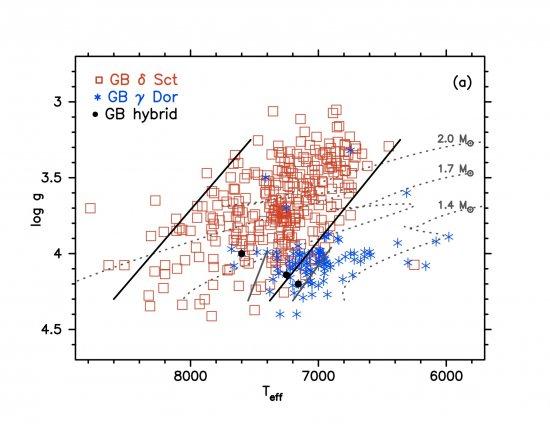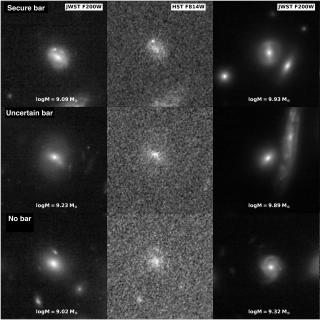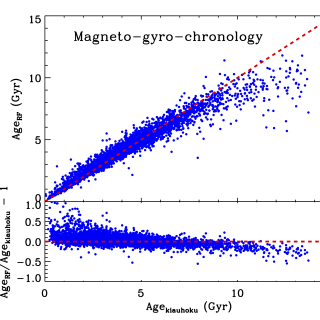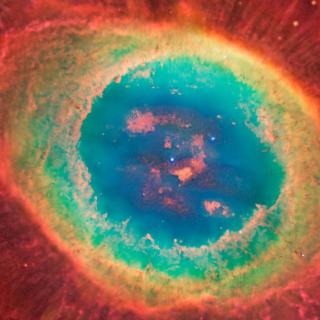The Kepler spacecraft is monitoring the brightness of more than 150,000 stars in the constellations Cygnus, Lyra, and Draco. The photometric time series with micromagnitude precision are excellent for the study of stellar oscillations. The oscillations lead to small changes in brightness and are caused by waves trapped inside the stars. The field of asteroseismology uses information from the stellar oscillations to infer information from the stellar internal structure.
The delta Scuti and gamma Doradus stars are two classes of oscillating stars of spectral type A and F that are slightly more massive than the Sun. The relationship between the two classes is currently not clear. Their oscillations are caused by different pulsation mechanisms. The delta Scuti stars show pressure waves near the surface of the star (p modes), while gamma Dor stars are pulsating in gravity waves that probe the deep stellar interior (g modes). The instability strips of the two classes in the Hertzsprung-Russell diagram overlap. Stars that pulsate in p and g modes simultaneously, called hybrid stars, have been theoretically predicted, but only few hybrid stars have been observed from the ground. Hybrid stars are extremely interesting from an asteroseismological point of view as the two types of oscillations give information on the deep interior and the surface of the star, so that a full mapping of the stellar interior from the core to surface becomes possible. Moreover, hybrid stars are key targets for the investigation of the relation between the two pulsational classes.
The monitoring of the low-amplitude oscillation modes of delta Scuti and gamma Dor stars requires long-term continuous observations, what is very challenging from the ground. Consequently only few stars are well-studied, and several pieces of the zig-zaw of our understanding of these types of pulsators are still missing.
Kepler is providing continuous photometric time series for hundreds of candidate delta Scuti and gamma Doradus stars. We analysed the Kepler light variations of 750 candidate AF type stars, and presented a first general characterization of their variability in terms of number of detected frequencies, frequency range, and typical pulsation amplitudes, which provides valuable feedback for models and instability studies. It is the first time that this kind of information is available for a large sample of stars. We assiged 63% of the 750 sample stars to the groups of delta Scuti, gamma Doradus, and hybrid stars. About 23% of the sample are hybrid candidates (171 stars). This number in strong contrast with the fraction of hybrid candidates so far observed from the ground, and suggests that hybrid stars are more common than previously thought. Moreover, the location of the different groups in the Hertzsprung-Russell diagram (surface temperature (Teff) plotted versus surface gravity of the star (log g)) is not as clear as before, and suggests a revision of the current observational instability strips. Hybrid oscillations are detected in both cooler and hotter stars than predicted by theory, what implies an investigation of pulsation mechanisms to drive hybrid pulsations.



